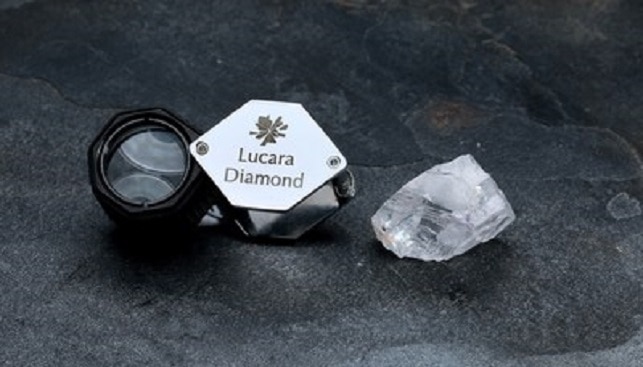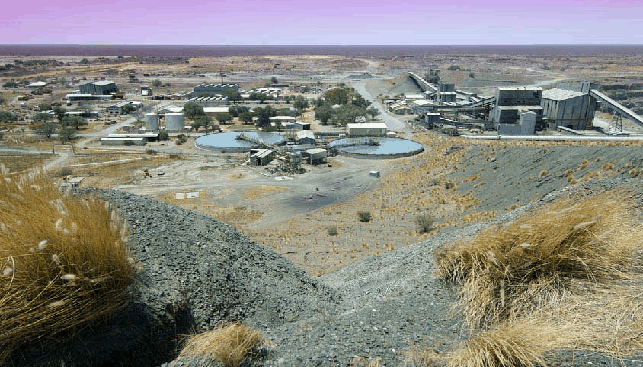Jaeger-LeCoultre has held the record for the world’s smallest mechanical movement – since 1929. The caliber 101, a mere 14mm long and less than 5mm wide, is still used today. It drives two new high jewelry models from the brand, the Snowdrop and the Bangle. Both are made of 18k pink gold and designed as bracelets, according to standards of high jewelry making, with integrated cases and movements. Each is set with about 20 carats of diamonds, all classified as IF-internally flawless to VVS clarity grade.

The Snowdrop is set with of 904 diamonds, 204 of which are substantially sized pear-shaped gems. The remainder are classic brilliant cuts, for a total of 20.9 carats. The design was inspired by the white bell-shaped flowers of the same name that grow through the snow in the Vallee de Joux watchmaking district of Switzerland. The case is integrated with the manchette-style bracelet, with a circle of pear-shaped diamonds surrounding the dial to form a flower. Waves of diamonds repeat the petal pattern in perfect symmetry throughout the bracelet.Recommended For You

The diamonds in the center of the bracelet are set according to the griffe or claw method, which minimizes the amount of metal surrounding the gem and allows more light to pass through from different angles. The bracelet’s structure is supported by two bands of gold with diamonds that are grain-set, a linear setting technique in which tiny beads of gold are pulled up from the surface of the metal and pushed over the stone to secure them. The gemsetting work for this piece represents 130 hours of work by Jaeger-LeCoultre artisans.

The Bangle watch is a swirling, geometric Art Deco design with an interplay of symmetry and asymmetry. The bracelet is set with 996 diamonds totaling 19.7 carats, graduated in size to emphasize the sweeping, 3D curves of the design. Altogether, there are 144 griffe-set diamonds and 852 grain-set diamonds. The Bangle opens with a simple twist of each side.

Over the past 90 years, Jaeger-Le Coultre’s caliber 101 has been used in jewelry watches under its own name as well as in creations by other high-end brands. These rare timepieces have graced the wrists of many notable women, including Queen Elizabeth II, who wore one for her coronation in 1953. The movement has benefited over the years from many improvements in materials and machining, but its dimensions and architecture remain unchanged. The present, fourth-generation movement, caliber 101/4 has 98 components (compared with the original 78).
Source: forbes




















